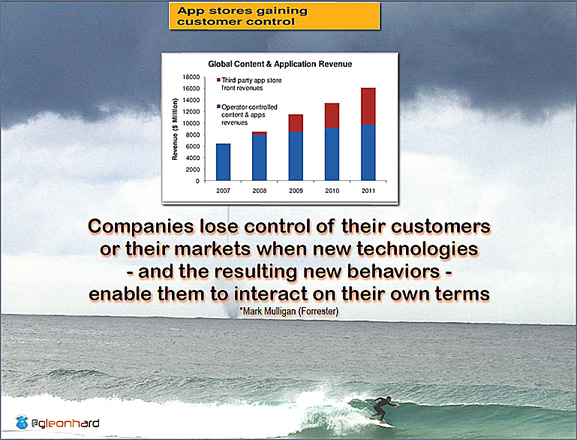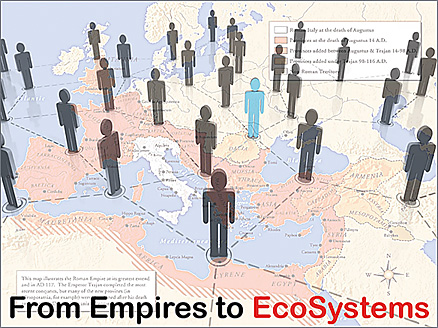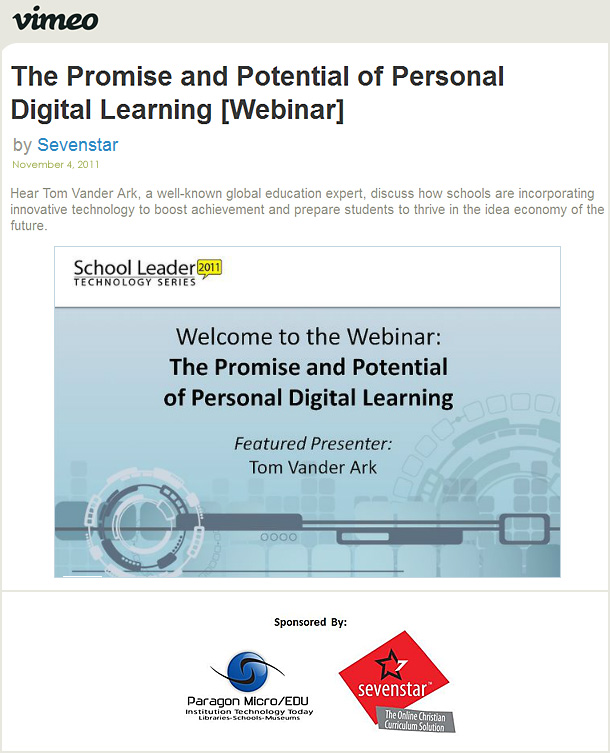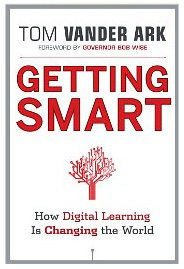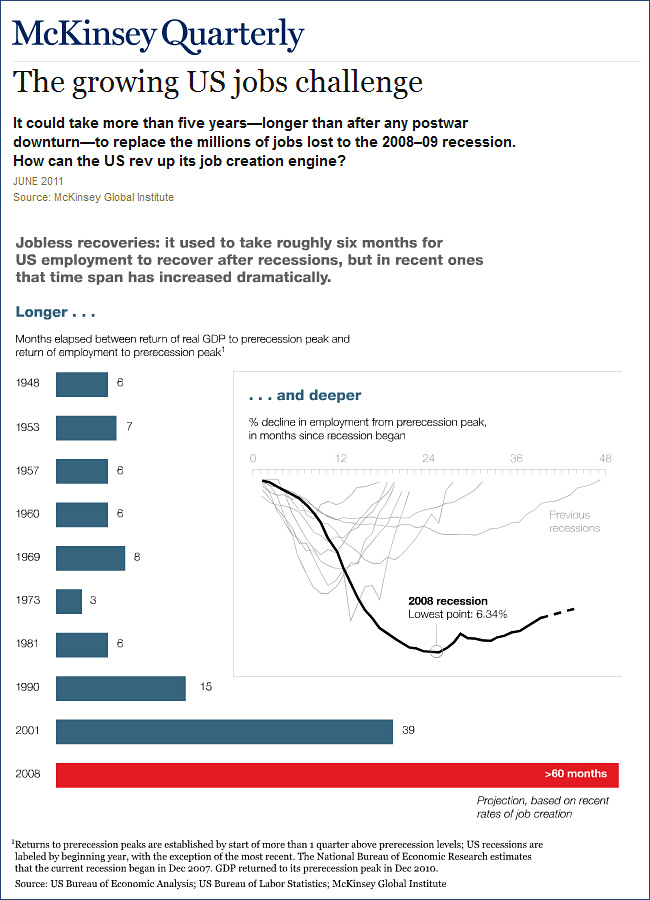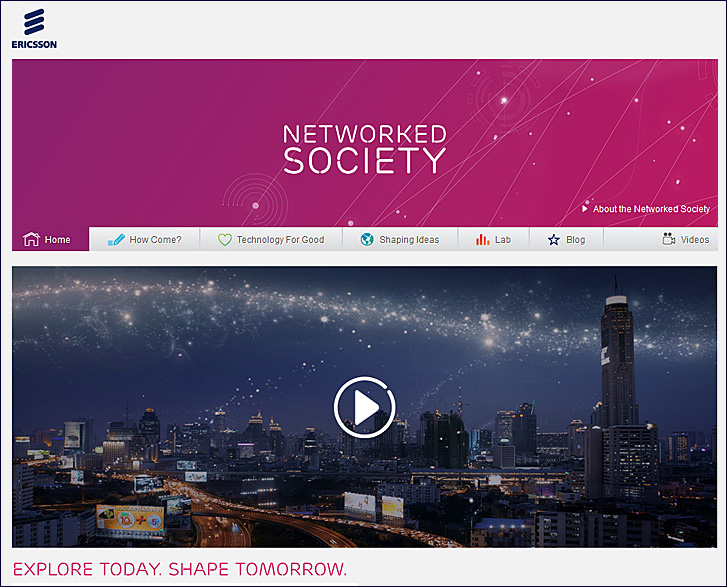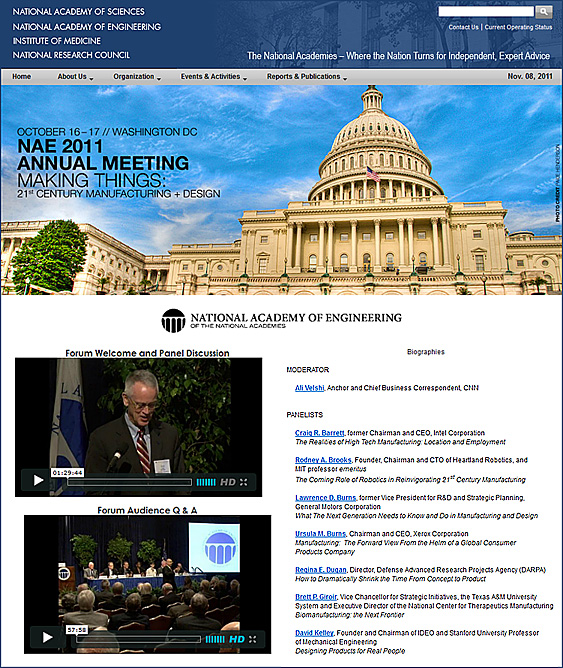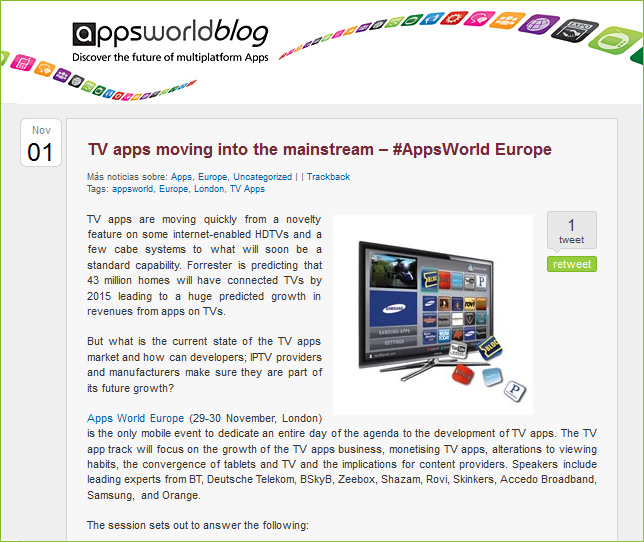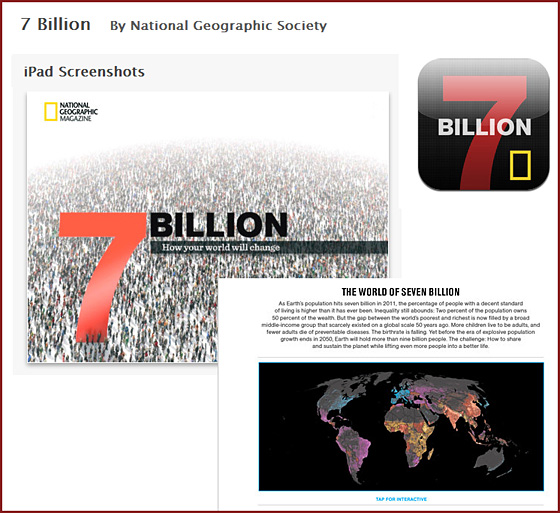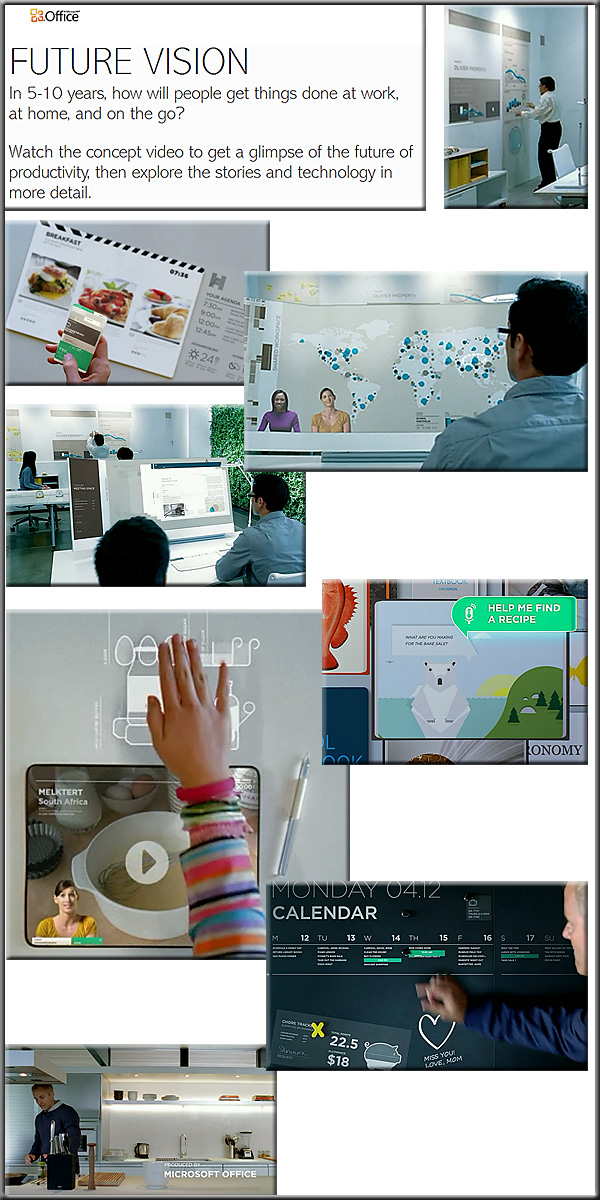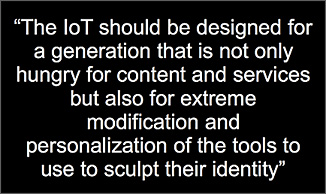Deficit Supercommittee’s failure triggers steep cuts for education and research — from The Chronicle by Kelly Field
Excerpt:
The Congressional supercommittee charged with cutting $1.2-trillion from the federal budget conceded defeat Monday, after its members reached an impasse over taxes and entitlement spending.
The panel’s failure to produce a deficit-reduction plan triggers across-the-board cuts of roughly $1-trillion in discretionary spending over nine years, starting in the 2013 fiscal year. Unless Congress finds a way around the process, the Education Department’s budget will be slashed by $3.54-billion in 2013, according to the Committee for Education Funding, an advocacy group.
While the Pell Grant program is exempt from cuts in the first year, the other student-aid programs will lose $134-million, reducing aid to at least 1.3 million students. Career, technical, and adult education will lose $136-million, affecting 1.4 million students, says the committee.









